Description
Fritz Aquatics Master Test Kit contains four essential test kit formulas in one convenient box.
Wide Range pH
Testing the pH of your aquarium water regularly to make proper adjustments is crucial to keep your fish, plants, and other aquarium animals healthy and stress-free. pH is the measure of acidity or basicity of liquids. Acidic water will measure between 0 and 7 pH, while basic, or alkaline, water will measure between 7 and 14. Knowing your animals is important: the preferred pH range of each species in your aquarium can vary.
A consistent pH reading is more ideal than frequent changes up or down. pH is influenced in the aquarium by many factors, including the KH content, respiration, organic waste decomposition, even the ammonia cycle. Because of this, frequent testing is recommended. Established systems should be tested once a month, and new systems or aquariums with fish illness or death should be monitored more often. Establishing a baseline pH of your aquarium throughout your normal routine will help alert you to problems early on. Any unexpected pH change can indicate water quality issues and should be addressed right away.
Ammonia
Ammonia is one of the most important parameters to monitor in aquariums because any amount can be toxic to livestock if it is not addressed right away. Ammonia is commonly elevated in new tanks while establishing the beneficial biological filter. High ammonia can also be present in established aquariums from lack of maintenance, overstocking, or when the bio filter has been interrupted by medication. Ammonia can reach lethal levels very rapidly, and should be tested immediately in the case of fish illness or death. Monitor ammonia levels closely when using any medications or treatments.
The ammonia level in any tank should ideally always be at 0 ppm. Symptoms for acute and chronic ammonia poisoning include: heavy breathing and gasping at surface, clamped fins, discoloration, increased occurrence of disease, death.
Nitrite
Nitrite is produced continually during the ammonia cycle by nitrifying bacteria in the biological filter. While not as immediately toxic as ammonia, any accumulation of nitrite should still be addressed as soon as possible. The nitrite level will eventually be broken down to non-toxic nitrate. Regular testing for nitrite is recommended – chronic exposure to even low levels of nitrite can cause brown blood disease in fish, which can cause suffocation and death.
With the exception of a system establishing a biological filter and progressing through the nitrogen cycle, the nitrite level in any tank should ideally be zero.
Nitrate
Nitrate is considered the non-toxic end product of the ammonia cycle. While not directly a problem for fish at low levels, excess nitrates can cause stress and other water quality issues. Nitrate is continually produced as fish respire and released waste products move through the ammonia cycle, and can accumulate rapidly if not properly maintained. The nitrate level should be monitored regularly and routine maintenance is needed to keep concentrations low for a healthy aquarium. High levels of nitrate can also contribute to undesirable algae growth.

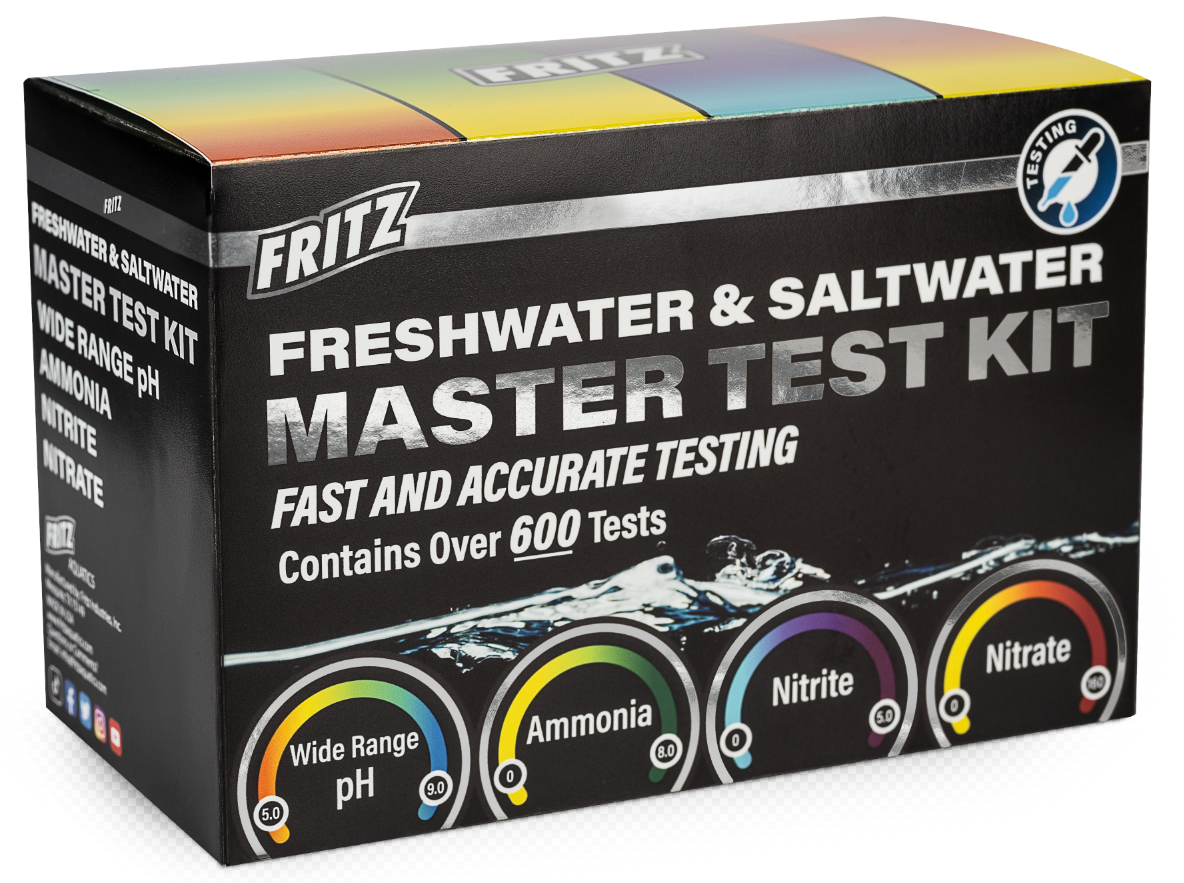
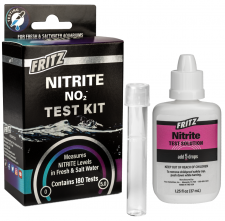
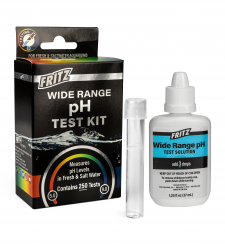
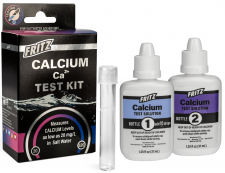
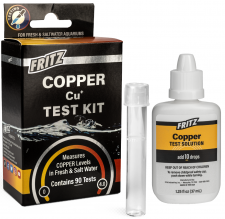
Reviews
There are no reviews yet.